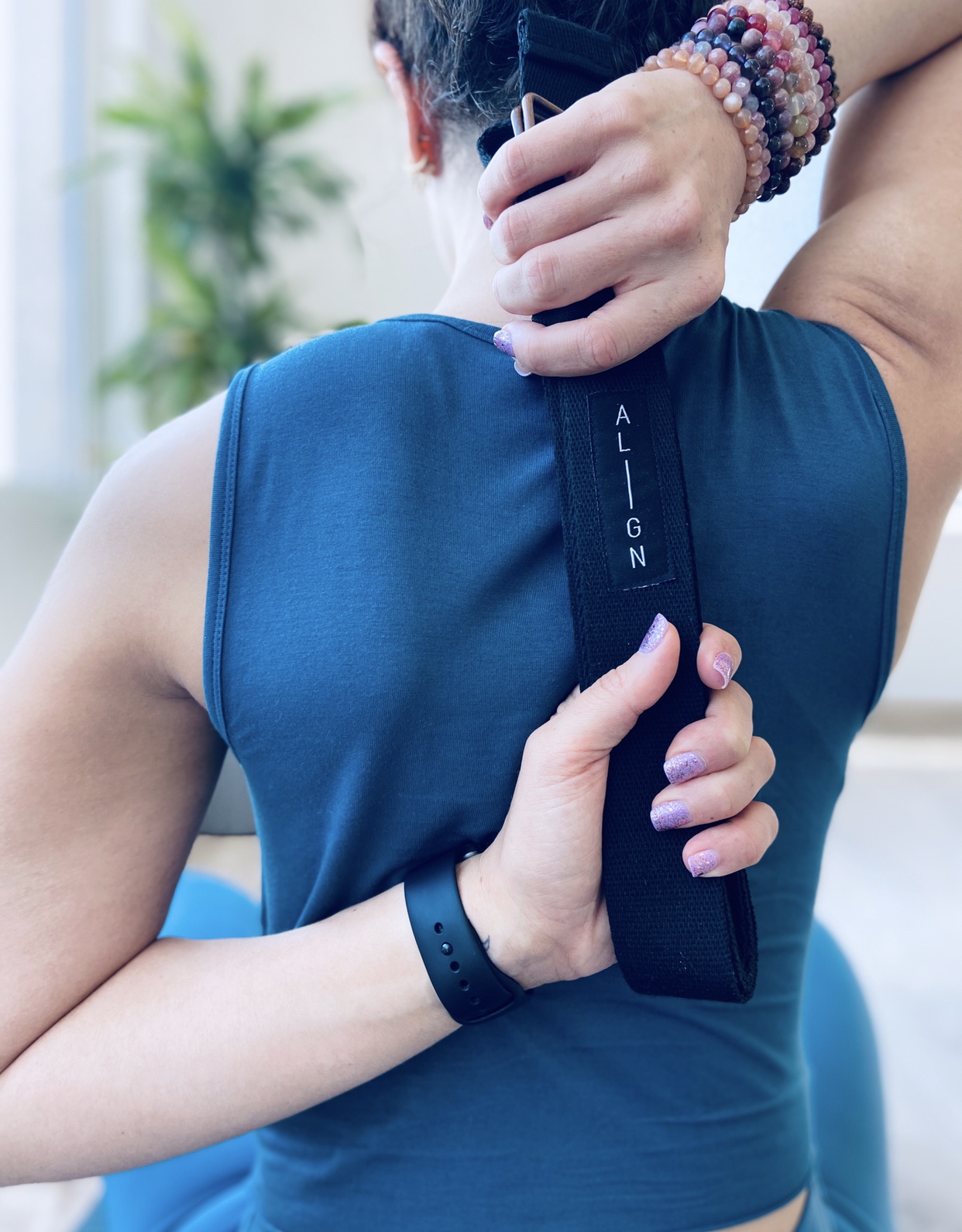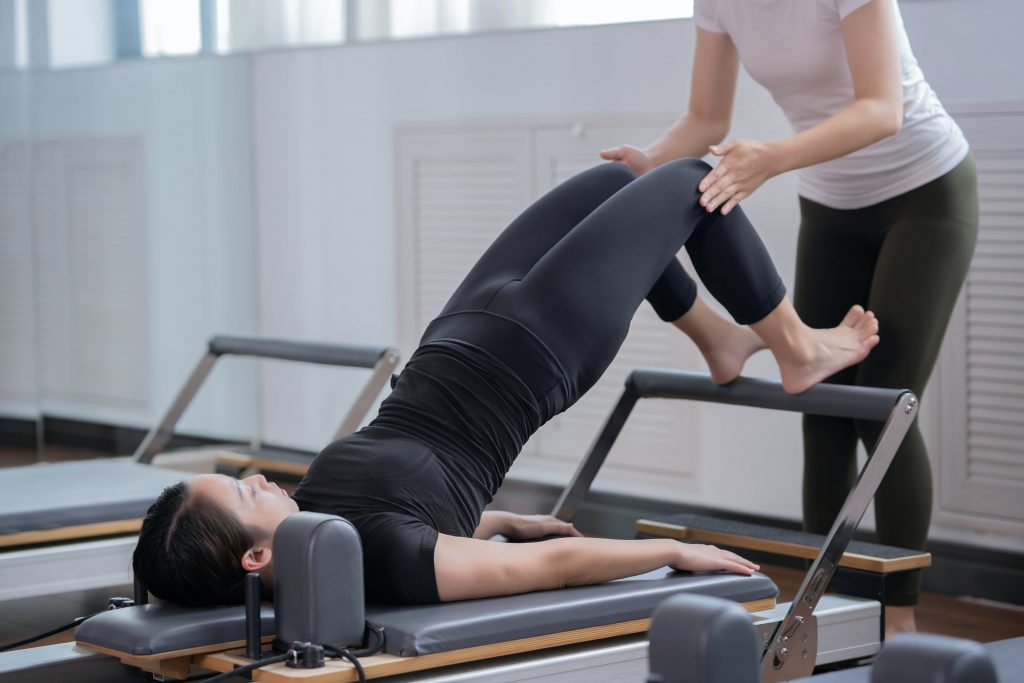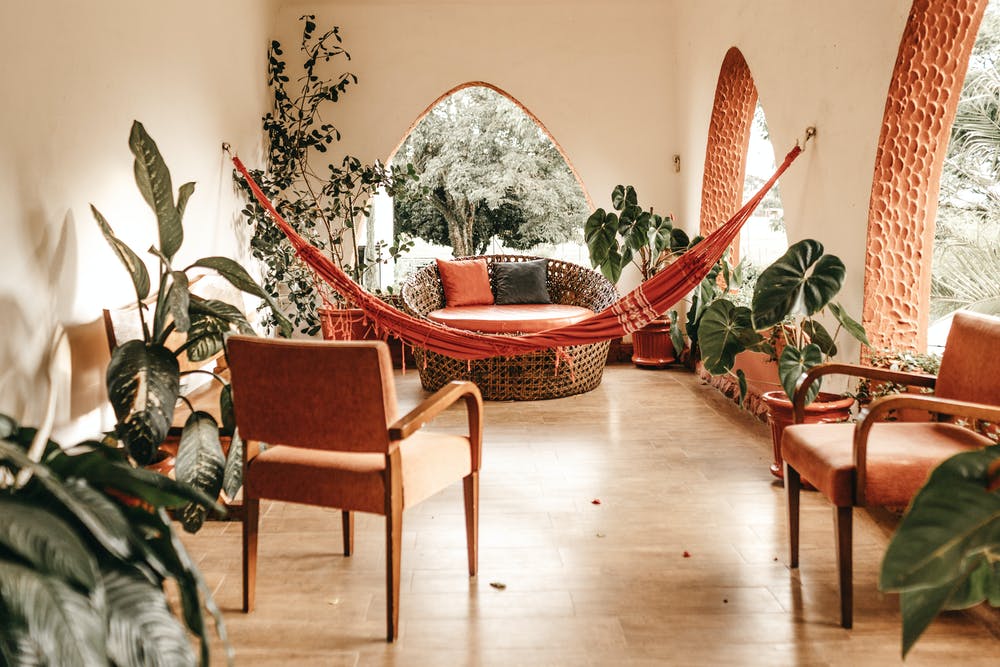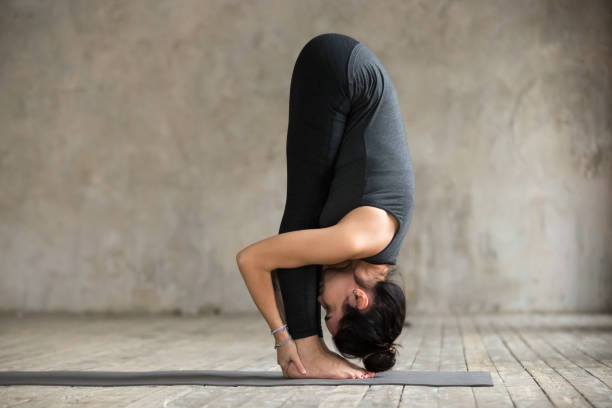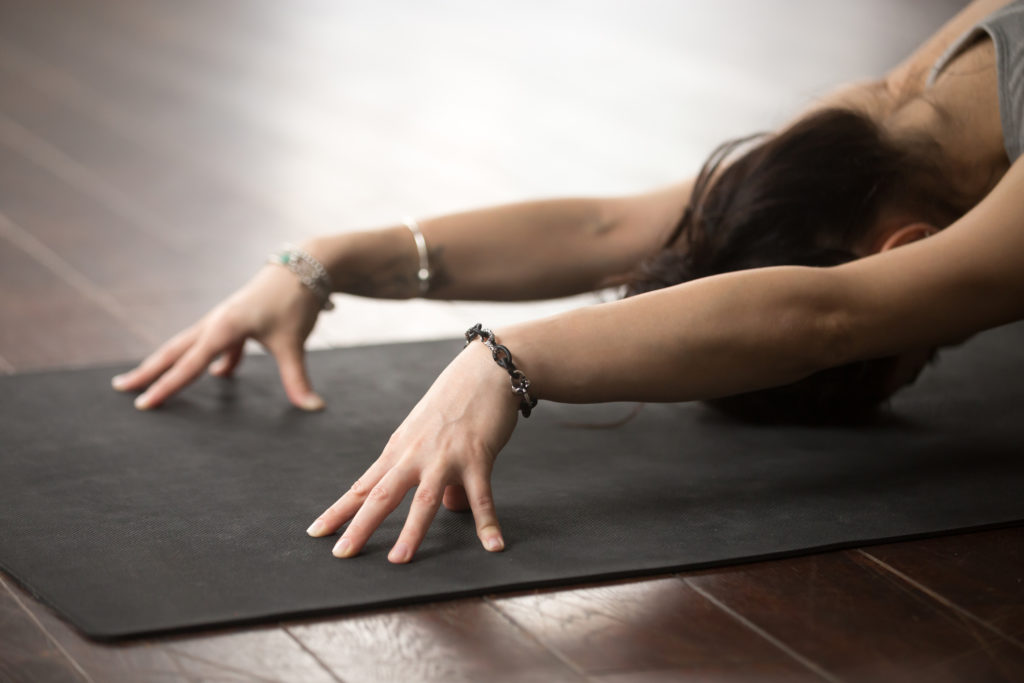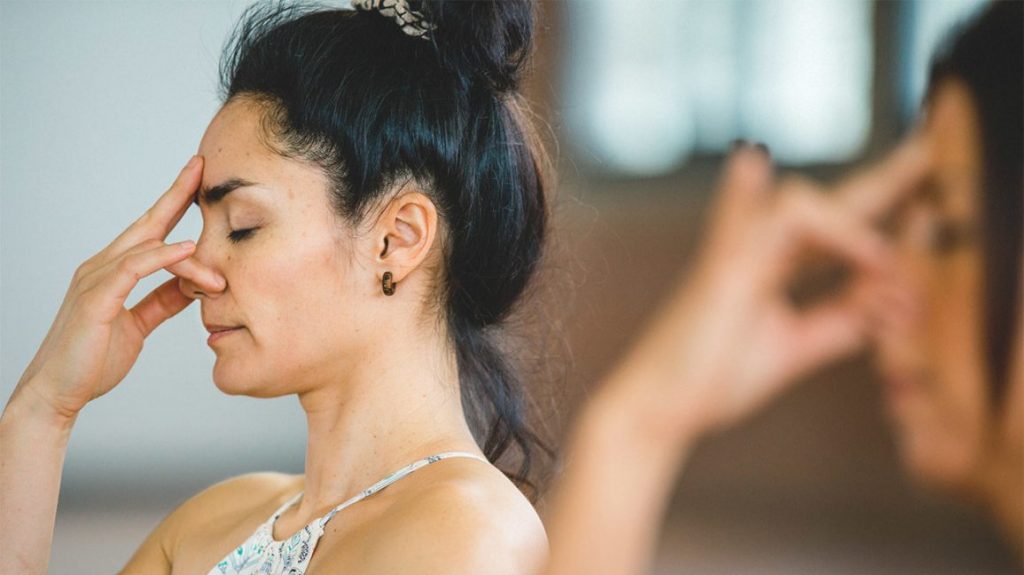Postpartum Challenges and What Exercises Can Help
June 11, 2022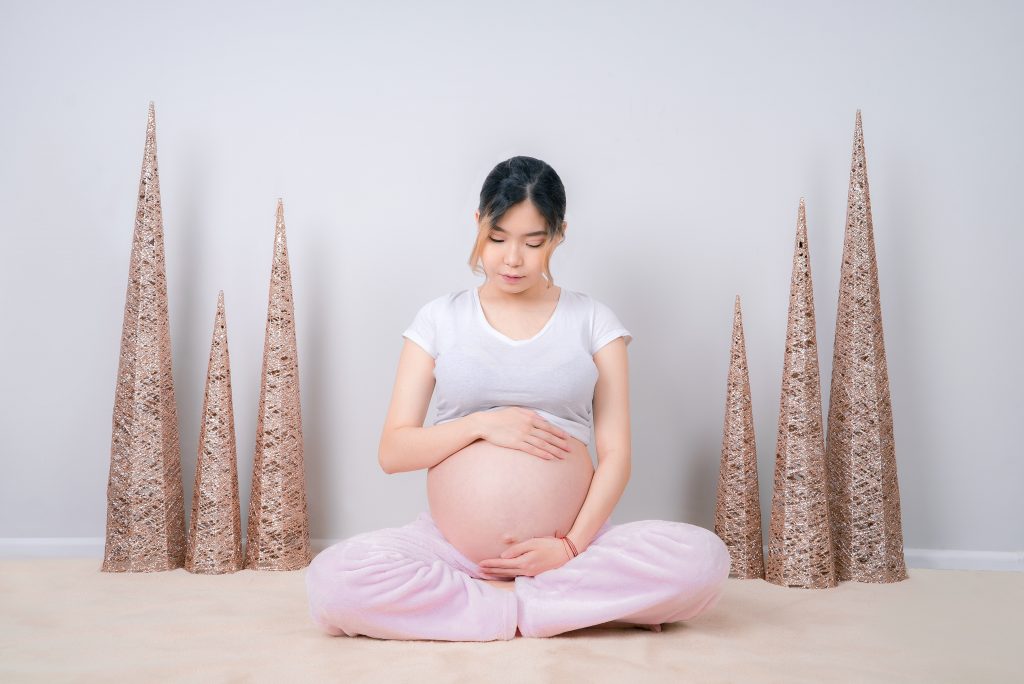
Having a baby can be as amazing as it is traumatic. On the one hand, bringing new life into the world is a miraculous experience that can impart a new sense of peace and joy into our lives. But, on the other hand, the pain and trauma the body goes through is something that can take months or even years to heal. This is especially the case if you don’t know what challenges to expect and how to overcome them. With that in mind, the following is a closer look at some postpartum challenges and what exercises can help you overcome them.
Postpartum Challenges and What Exercises Can Help
If you are wondering about some of the most common postpartum challenges and what exercises can help fix them, here is a list for you:
Weight Gain
Although gaining weight is a healthy sign and part of your pregnancy journey, one of the top postpartum challenges is finding ways to go back to your -pre-pregnancy shape. Although some new moms lose this effortlessly by eating well, breastfeeding, and more, oftentimes, it takes more effort to lose the weight. Some great ways moms lose their baby weight are by walking, jogging, and other forms of exercise. Yoga and Pilates are specifically great for post-partum, as they help you to lose the weight without excess pressure on the body.
Pelvic Floor Weakness
Another common postpartum challenge is pelvic floor weakness. This is because the process of carrying and delivering a baby can wreak havoc on the strength of the pelvic floor. There are a few ways to go about strengthening your pelvic floor, such as:
- Kegels
- Yoga
- Deep Squats
- Deep, Rhythmic Breathing
- Using Kegel Balls and other apparatuses
No matter if you choose just one of these methods or a combination of several of these, doing these exercises regularly can be an excellent way to strengthen your pelvic floor over time.
Diastasis Recti
Another highly problematic issue that often occurs after giving birth is diastasis recti. This is a condition that occurs when the abdomen stretches during pregnancy and leaves a wide gap that does not naturally close after you have given birth. Nevertheless, while many women maintain a gap between their abdominal muscles after they give birth, diastasis recti occur when the separation is at least 2.74 cm or (2.4 finger-widths wide) or larger.
Either way, since this area is responsible for supporting the uterus, bowels, and other organs, it can cause the belly to continue to protrude for months or even years after giving birth. Moreover, diastasis recti can also cause symptoms such as constipation, lower-back pain, and a leaky urethra. Therefore, finding the best ways to fix this issue is not only imperative to your appearance, but it is vital for your health overall.
Luckily, if you are experiencing diastasis recti, you can fix this issue by practicing workout methods such as yoga and Pilates. This is because each of these workout methods includes exercises that can help strengthen and tone various parts of your body. For instance, bridges, pelvic tilts, planks, bird dogs, diaphragmatic breathing, heel slides, and other exercises can help directly address this issue.
Ready to Fix Your Diastasis Recti?
Overall, if you are suffering from diastasis recti, we’re here to help. No matter how mild or severe your case may be or how long you’ve had it, we have yoga and Pilates workouts that can help fix your diastasis recti while also helping you become stronger, leaner, and more toned. Ready to improve your condition? Here at Align, we offer a variety of yoga and Pilates packages that can help fix your diastasis recti and take your fitness to the next level. Contact us today for more information.






